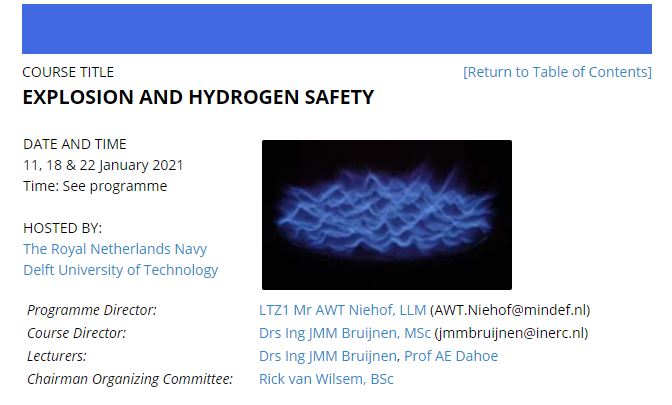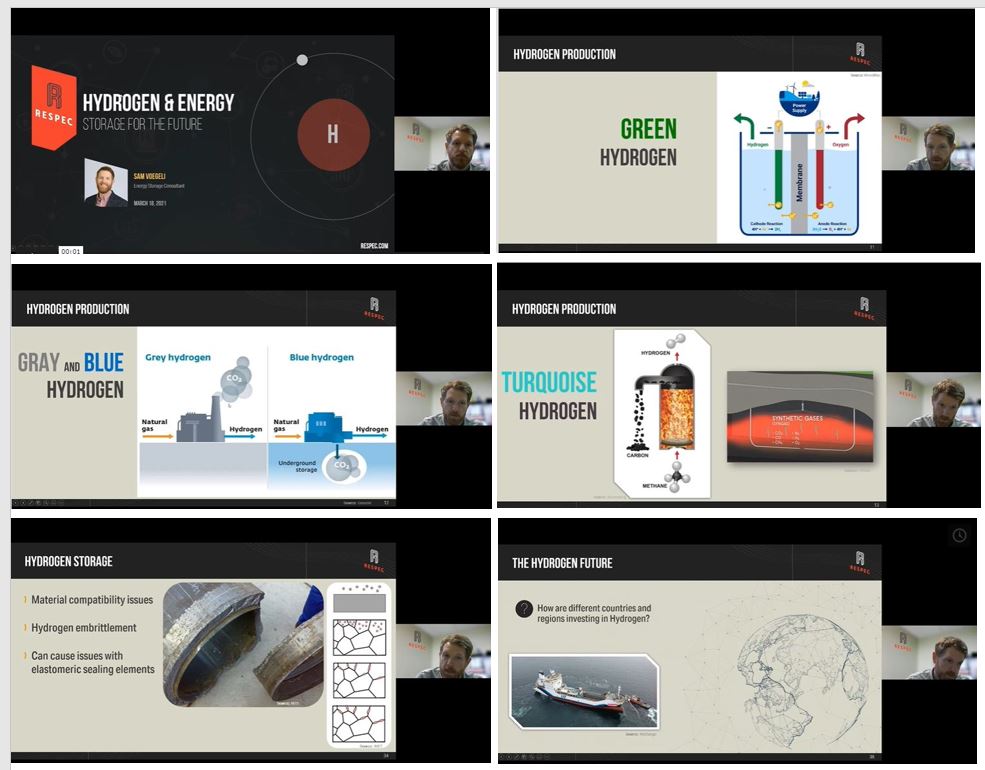Hydrogen has long been part of the petrochemical process. The issues of safely storing, transporting, and using hydrogen has been part of industry for decades. Hydrogen presents hazards due to explosion coupled with its ability to leak through seals that contain other gasses as well through alloy embrittlement. KES has been training with the Dutch military regarding safety, storage, and explosion hazards as well as with Respec for updates in hydrogen technology.
Future developments now consider not just the hazards but how its produced. Blue hydrogen starts as gray hydrogen with converting petrochemical gasses like methane to hydrogen and carbon dioxide by using heat, steam and pressure. Once the byproduct carbon dioxide and the other impurities are sequestered, it becomes blue hydrogen, according to the U.S. Department of Energy.
Green hydrogen, in contrast, could almost eliminate emissions by using renewable energy — increasingly abundant and often generated at less-than-ideal times — to power the electrolysis of water. A more recent addition to the hydrogen-production palette is Turquoise. Turquoise hydrogen is produced by breaking methane down into hydrogen and solid carbon using a process called pyrolysis, which is the same process that is part of the KES patented process for MSW processing. This process is relatively low in terms of emissions because the carbon can either be buried or used for industrial processes such as steelmaking or battery manufacturing, so it doesn’t escape into the atmosphere.
KES is proactive in our training so we are ready to assist clients with their needs. We have worked on a wide variety of hydrogen systems in the past as well as helped troubleshoot the aftermath of a hydrogen fire in a large petrochemical facility. We look forward to contributing to future projects in Louisiana, the Gulf South, nationally, or internationally.




Recent Comments